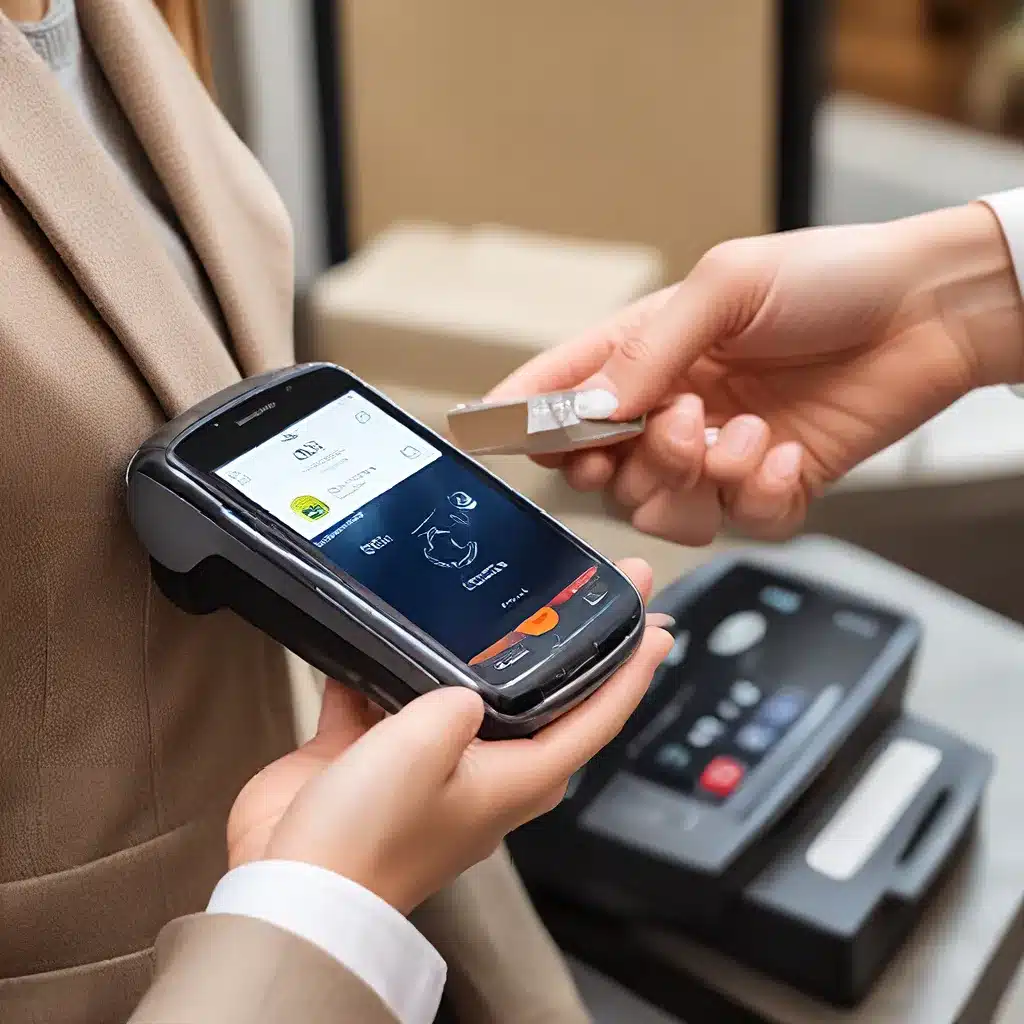
In the ever-evolving landscape of technology, payment processing stands at the forefront of innovation. As we usher in a new era marked by digital transformation, the future of payment processing technologies promises to reshape the way we conduct transactions, ensuring security, speed, and convenience. From blockchain to artificial intelligence, this article delves into the groundbreaking advancements that are set to redefine the payment ecosystem, with a particular focus on the transformative role of Near-Field Communication (NFC) in the Internet of Things (IoT).
The Rise of Blockchain in Payment Processing
At the heart of the payment revolution lies blockchain, the technology that underlies cryptocurrencies like Bitcoin. Blockchain is making waves in the payment processing industry, thanks to its decentralized and transparent nature, which ensures secure and tamper-resistant transactions. Smart contracts powered by blockchain have the potential to automate complex processes, reducing the need for intermediaries and streamlining payment procedures. The elimination of third-party verification not only enhances security but also accelerates transaction speeds, revolutionizing the way we think about payment processing.
As cryptocurrencies gain wider acceptance, they are poised to become mainstream forms of payment. Bitcoin, Ethereum, and other digital currencies are gradually transitioning from speculative assets to legitimate mediums of exchange, with companies integrating crypto payment options to enable users to make purchases, investments, and transfers seamlessly. The decentralized nature of cryptocurrencies offers an alternative to traditional banking systems, appealing to those seeking financial autonomy.
Revolutionizing Contactless Payments with NFC
At the heart of this payment revolution lies Near-Field Communication (NFC), a technology that is poised to transform the way we engage with the Internet of Things (IoT). NFC enables contactless payments, allowing users to securely make transactions by simply tapping or waving their NFC-enabled devices, such as smartphones or smartwatches, near a payment terminal.
The beauty of NFC lies in its simplicity and convenience. By eliminating the need for physical contact with payment terminals, NFC-based transactions offer a seamless and secure experience, reducing the risk of fraud and physical wear and tear on payment cards. This technology is particularly well-suited for the IoT ecosystem, where connected devices are becoming ubiquitous in our daily lives, from smart homes to wearables and industrial automation.
Leveraging NFC for IoT Applications
The integration of NFC technology with the IoT opens up a world of possibilities. In the smart home environment, NFC can enable seamless device pairing and configuration, allowing users to easily connect and control their IoT devices with a simple tap. This not only enhances the user experience but also streamlines the setup process, making the adoption of IoT technologies more accessible to a wider audience.
Beyond the home, NFC-enabled IoT devices are transforming industrial and commercial settings. In logistics and supply chain management, NFC tags can be used to track and monitor the movement of goods, providing real-time visibility and traceability. In retail, NFC-powered smart shelves and smart carts can offer personalized shopping experiences, delivering tailored recommendations and enabling frictionless checkout processes.
Securing the IoT with NFC
As the IoT ecosystem continues to expand, the importance of security has become paramount. NFC technology offers a robust solution to address the security challenges inherent in the IoT landscape. By leveraging the secure element and encryption capabilities inherent in NFC-enabled devices, IoT systems can implement strong authentication and data protection mechanisms, mitigating the risks of cyber attacks and unauthorized access.
Moreover, NFC’s short-range communication capabilities and pairing functionality can be leveraged to securely connect IoT devices, ensuring that only authorized and authenticated devices can establish communication within the network. This secure approach to device-to-device and device-to-cloud connectivity is a crucial aspect of IoT security, helping to prevent data breaches and malicious intrusions.
Optimizing Energy Efficiency in IoT with NFC
As the IoT ecosystem continues to grow, the demand for energy-efficient solutions has become increasingly important. NFC technology can play a pivotal role in optimizing energy consumption within IoT networks.
NFC-enabled IoT devices can leverage the low-power and short-range communication capabilities of NFC to reduce the overall energy footprint of the network. By minimizing the power requirements for data transmission and device pairing, NFC-based IoT systems can extend the battery life of connected devices, making them more sustainable and cost-effective to operate.
Furthermore, NFC’s contactless nature can facilitate wireless charging solutions for IoT devices, allowing for seamless and efficient power management. This can be particularly beneficial in scenarios where accessibility or physical constraints make traditional wired charging methods impractical or inconvenient.
The Future of NFC in IoT: Trends and Opportunities
As the IoT ecosystem continues to evolve, the role of NFC technology is poised to become increasingly integral. Industry experts and researchers predict that the integration of NFC with IoT devices will accelerate, driven by factors such as improved user experience, enhanced security, and energy efficiency.
One emerging trend is the convergence of NFC and Bluetooth Low Energy (BLE) technologies, enabling seamless and energy-efficient device-to-device communication within the IoT landscape. This hybrid approach can leverage the strengths of both technologies, optimizing connectivity, security, and power management for a wide range of IoT applications.
Furthermore, the advancements in NFC chip design and integration are expected to drive the miniaturization and cost-effectiveness of NFC-enabled IoT devices, making them more accessible and appealing to a broader range of industries and consumer segments.
As the sensor networks and IoT industries continue to evolve, the transformative potential of NFC technology will undoubtedly play a crucial role in shaping the future of payment processing, device connectivity, and energy management within the connected world.